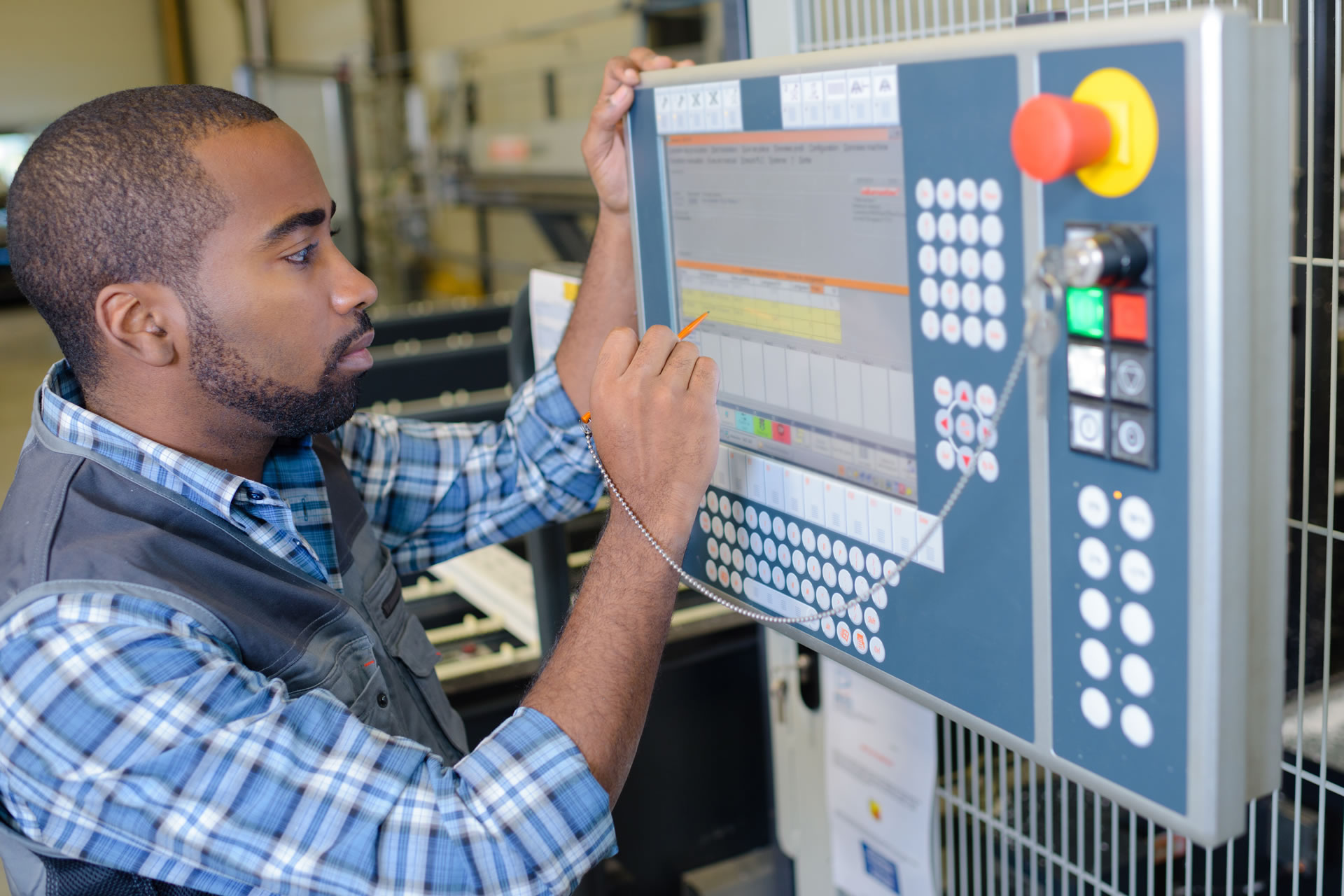
Automotive sequencing optimizes the order in which cars are built on an assembly line. This process is essential to the efficiency and quality of modern car manufacturing. This blog post will explore the basics of automotive sequencing software and its importance in the automotive industry.
The Basics of Automotive Sequencing
Automotive sequencing is a complex process that involves multiple stages of production. The process begins with planning the car model and the parts needed to build it. These parts are then ordered from suppliers and shipped to the manufacturing plant.
Once the parts have arrived, they are organized into kits used to build the car. These kits are then sequenced based on the order in which we will need them on the assembly line. This sequencing process ensures that the correct parts are available at the right time, reducing the risk of delays and errors in the production process.
Importance of Automotive Sequencing
Automotive sequencing is a critical aspect of modern car manufacturing for several reasons:
Efficiency:
Sequencing the production process ensures the assembly line runs smoothly and efficiently. By organizing parts into kits and sequencing them, manufacturers can minimize downtime and optimize the use of resources.
Quality:
Sequencing parts and ensuring they are available when needed reduces the risk of errors and defects in the final product. This process results in a higher quality car that meets or exceeds customer expectations.
Cost:
Manufacturers can reduce costs and increase profitability by optimizing the production process. This step is crucial in today’s highly competitive automotive industry, where profit margins are often slim.
Customer satisfaction:
Manufacturers can increase customer satisfaction and brand loyalty by producing high-quality cars efficiently and cost-effectively. This procedure can lead to increased sales and profits over the long term.
Challenges of Automotive Sequencing
Despite the benefits of automotive sequencing software, there are also several challenges that manufacturers must overcome. These challenges include:
Complexity
Sequencing the production process requires careful planning and coordination between multiple departments, including engineering, production, and logistics.
Variability
The production process is subject to variability due to changes in customer demand, supply chain disruptions, and other factors. Manufacturers must be able to adapt quickly to these changes to ensure that the sequencing process remains efficient.
Technology
Automotive sequencing requires sophisticated software and hardware systems to manage the flow of parts and materials. These systems can be expensive to develop and maintain.
Automotive Sequencing in ERP
Enterprise Resource Planning (ERP) systems are software solutions that help businesses manage various aspects of their operations, including manufacturing processes. We can integrate automotive sequencing into an ERP system to optimize manufacturing and efficiency. Here are some ways we can implement automotive sequencing in an ERP system:
Production scheduling:
Automotive sequencing can schedule the production of different parts, components, and assemblies in a logical sequence. An ERP system can automate the scheduling process, considering the availability of resources and the production capacity.
Inventory management:
An ERP system can help manage inventory levels by tracking the availability of parts and components needed for manufacturing. Automotive sequencing can help to optimize inventory management by ensuring that parts are produced in the right quantities and at the right time.
Quality control:
An ERP system can help to enforce quality control measures by tracking the inspection and testing of parts and components at each stage of the manufacturing process. Automotive sequencing ensures that each part is inspected and tested at the appropriate production stage.
Cost analysis:
An ERP system can help to analyze the costs associated with the manufacturing process, including labor, materials, and energy. Automotive sequencing can be used to optimize the production process and reduce costs.
Customization:
An ERP system can help manage customized vehicle production by ensuring that the manufacturing process is optimized for each configuration. Automotive sequencing can be used to schedule the presentation of each customization option efficiently and cost-effectively.
Overall, we can integrate automotive sequencing into an ERP system to optimize the manufacturing process and improve efficiency, leading to cost savings and increased competitiveness in the automotive industry.
Automotive Sequencing in WMS
Warehouse Management Systems (WMS) are software solutions that help businesses manage their warehouse operations, including inventory management and order fulfillment. We can integrate automotive sequencing into a WMS to optimize the warehouse’s storage and movement of parts and components. Here are some ways we can implement automotive sequencing in a WMS:
Location management:
Automotive sequencing can be used to manage the location of parts and components within the warehouse. A WMS can track the location of each part and ensure that they are stored most efficiently, considering the frequency of use and the manufacturing process.
Inventory management:
A WMS can help to manage inventory levels by tracking the availability of parts and components within the warehouse. Automotive sequencing can help optimize inventory management by ensuring that parts are stored in the right locations and quantities.
Order picking:
A WMS can help to optimize order picking by sequencing the movement of parts and components within the warehouse. Automotive sequencing can ensure that parts are picked most efficiently, reducing the time and cost of order fulfillment.
Quality control:
A WMS can help to enforce quality control measures by tracking the inspection and testing of parts and components within the warehouse. Automotive sequencing ensures that each part is inspected and tested at the appropriate stage of the manufacturing process.
Traceability:
A WMS can trace each part and component within the warehouse, including the manufacturing history and quality control records. Automotive sequencing can help ensure that the traceability information is accurate and up-to-date.
Overall, we can integrate automotive sequencing into a WMS to optimize the storage and movement of parts and components within the warehouse, leading to improved efficiency and cost savings in the automotive industry.
Conclusion
Automotive sequencing is a critical aspect of modern car manufacturing. By optimizing the production process, manufacturers can increase efficiency, reduce costs, and produce high-quality cars that meet or exceed customer expectations. While there are challenges associated with automotive sequencing, the benefits outweigh the risks. As the automotive industry continues to evolve, automotive sequencing will remain a key driver of success for manufacturers.
Request a Consultation
Need more information?
Solutions






![image001[25]](https://www.royal4.com/wp-content/uploads/2023/11/image00125.png)